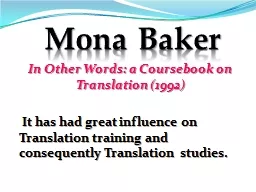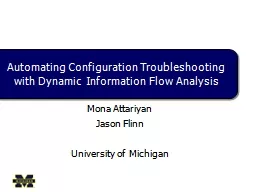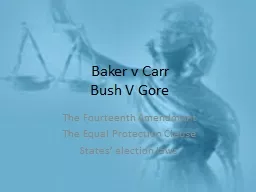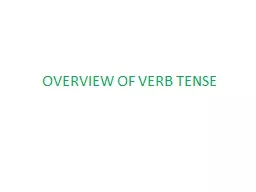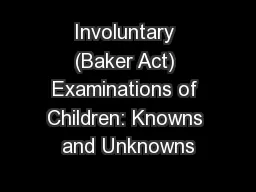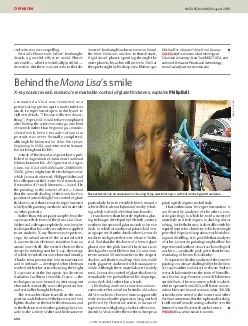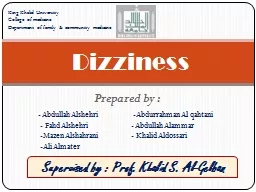PPT-Mona Baker
Author : kittie-lecroy | Published Date : 2017-09-19
In Other Words a Coursebook on Translation 1992 It has had great influence on Translation training and consequently Translation studies Baker looks at equivalence
Presentation Embed Code
Download Presentation
Download Presentation The PPT/PDF document "Mona Baker" is the property of its rightful owner. Permission is granted to download and print the materials on this website for personal, non-commercial use only, and to display it on your personal computer provided you do not modify the materials and that you retain all copyright notices contained in the materials. By downloading content from our website, you accept the terms of this agreement.
Mona Baker: Transcript
Download Rules Of Document
"Mona Baker"The content belongs to its owner. You may download and print it for personal use, without modification, and keep all copyright notices. By downloading, you agree to these terms.
Related Documents

